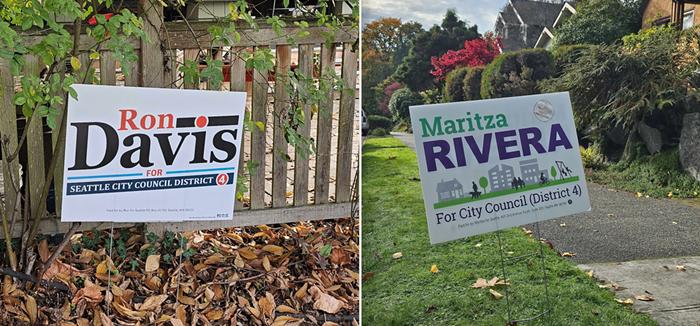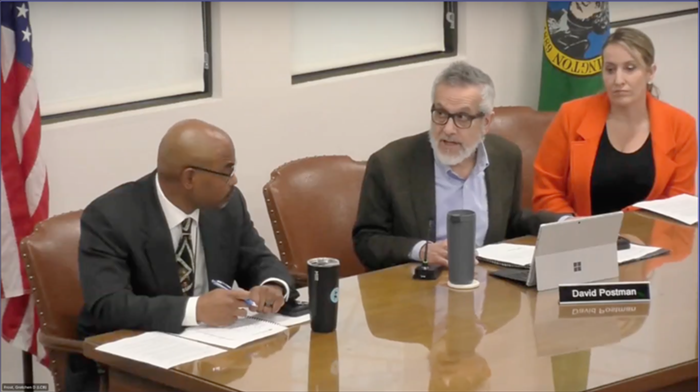I was on the other Capitol Hill last week, tagging along with Senator Maria Cantwell for this week's feature story [see page 19]. The best part of the trip for me, however, was when I wandered over to the House offices.
I was sitting on the steps of the Cannon House Office Building, resting my feet, when who should walk by but Seattle-area Representative Jay Inslee (D-1). I flagged him down and he quickly started talking about his Apollo Initiative—a green bill to promote alternative energy and reduce greenhouse-gas emissions.
This gave me an opportunity to do a little lobbying while I was in D.C. Inslee had been a guest speaker at City Hall last March—along with Al Gore—to hype Mayor Nickels's initiative to lower greenhouse gases. Both Gore and Inslee had talked about the need to change our habits, namely our addiction to cars. I wondered at the time if either Gore or Inslee was aware that Nickels's biggest priority was to shore up our city's bad habits by building a freeway through downtown—the $3.6—$5.5 billion waterfront tunnel—to funnel up to 140,000 cars through our city every day.
I asked Inslee what he thought about Nickels's tunnel option. To my surprise, Inslee brought up the People's Waterfront Coalition streets-and-transit option. He didn't outright endorse it, but he seemed interested. He chastised Nickels for "missing a major opportunity" to make a "fundamental break" with our old way of thinking and said Nickels needed to think more seriously about the surface option. "Especially," Inslee said coyly, "since the mayor is going to be coming to people like me for federal money." PWC's Cary Moon has since set up a meeting with Inslee's staff for October 6.
The reason I was over at the Cannon Building, by the way, was this: I wanted to meet my hero, the congressman from Atlanta, Representative John Lewis. Lewis was the 23-year-old star of the civil-rights movement in the early '60s. (Among other things, like getting his head bashed during the Freedom Rides through the South, Lewis gave the militant sidebar speech to MLK's "I Have a Dream" speech.)
"Can I help you?" a woman behind the desk asked after I tentatively walked through the large closed wooden door to his offices, Room 343.
"Yes. I'm a reporter in town working on a story about the senator from Washington State, but I wanted to stop in here and see... well, you probably get this about once every few months, but you know, you guys work for a living legend... and, well, he's my hero, and..."
The woman broke into a friendly smile. "Unfortunately, the representative is out of town this week..."
I'm sure I looked crestfallen, because she got up from her desk and said, "Come on, follow me." Next thing I know, I'm in Lewis's office and she's showing me all this amazing memorabilia. Basically, Lewis has a civil-rights-era museum in his office—including rare and stunning photos from the early '60s of Lewis and other civil-rights kids making history.
Alas. Civil rights, shmivel rights. The next day I hung out back on the Senate side and watched 51 senators make history by shelving the right to habeas corpus.


















